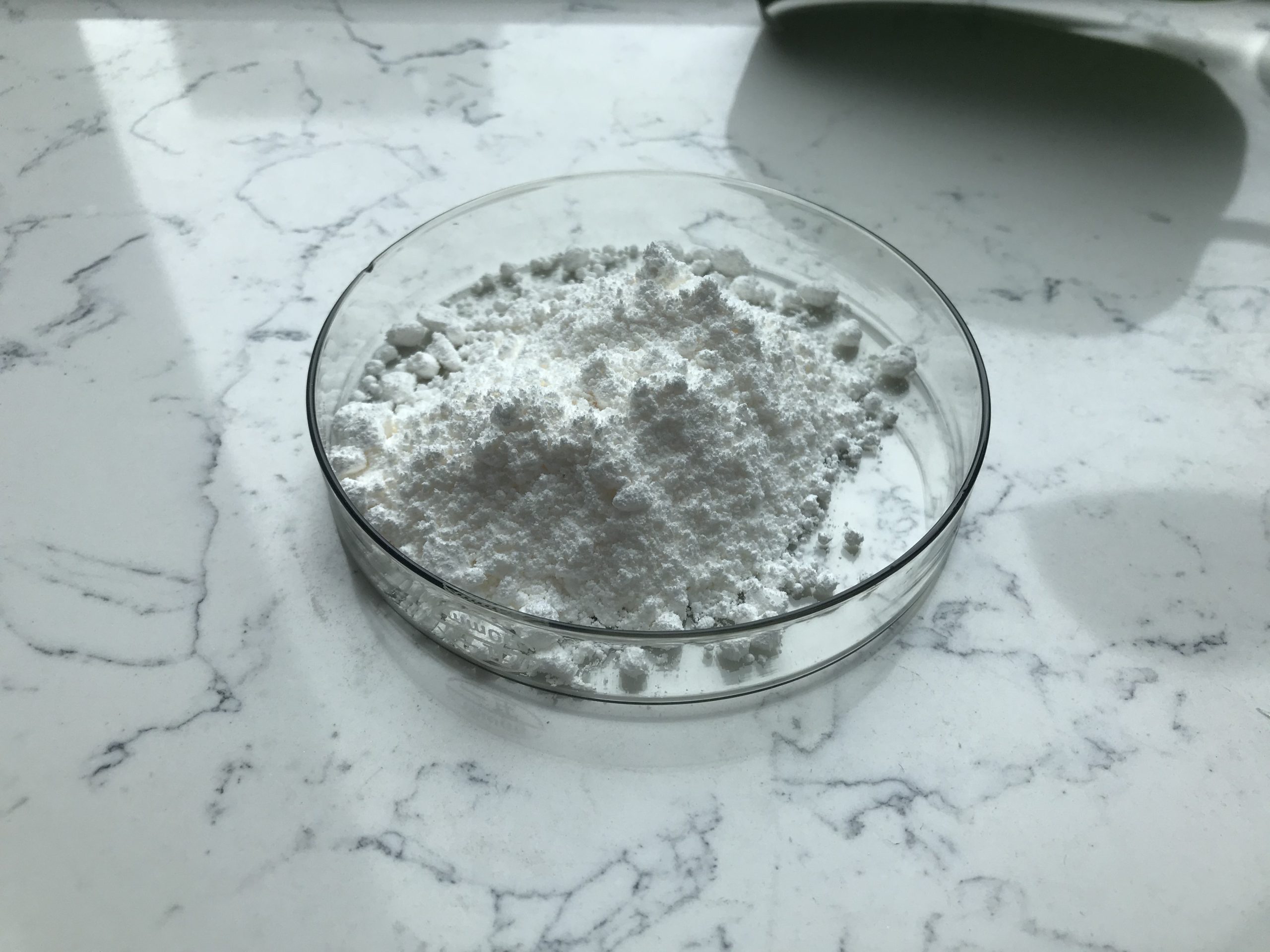Praziquantel is an important medication used to treat parasitic infections, particularly those caused by flatworms, also known as trematodes or flukes. It is considered the drug of choice for treating schistosomiasis and several other parasitic infections. Here’s a comprehensive overview of praziquantel, its uses, mechanism of action, dosages, side effects, and other relevant information:
1.Uses:
Schistosomiasis: Praziquantel is most commonly used to treat schistosomiasis, a parasitic disease caused by Schistosoma parasites. This disease is prevalent in many parts of Africa, Asia, and South America.
Other Parasitic Infections: Praziquantel can also be used to treat infections caused by other trematodes, including Clonorchis sinensis, Paragonimus westermani, Fasciolopsis buski, and other less common parasites.

2.Mechanism of Action:
Praziquantel works by altering the permeability of the parasitic cell membrane. This results in an influx of calcium ions and subsequent muscle contraction, leading to paralysis and death of the parasites.
3.Dosage:
The dosage of praziquantel varies depending on the specific infection and the patient’s age and weight.
It is typically administered as a single oral dose.
For schistosomiasis, the standard dose is usually 40 mg/kg, but it may be adjusted in certain cases.
4.Administration:
Praziquantel is generally taken with a full glass of water during or after a meal to enhance absorption.
5.Side Effects:
Praziquantel is generally well-tolerated, but some common side effects may include:
Nausea
Vomiting
Abdominal pain
Diarrhea
Dizziness
Headache
6.Contraindications:
Praziquantel should be avoided in individuals who are hypersensitive or allergic to the drug.
It should be used with caution during pregnancy and breastfeeding, and only when the potential benefits outweigh the risks.
7.Drug Interactions:
Praziquantel may interact with certain medications, so it’s important to inform your healthcare provider about any other drugs you are taking.
8.Precautions:
Praziquantel is generally considered safe, but it’s essential to use it under the guidance of a healthcare professional.
Care should be taken to ensure proper dosing, especially in pediatric patients.

9.Resistance:
Praziquantel resistance has been reported in some regions with repeated use of the drug. This underscores the importance of ongoing research into alternative treatment options.
10.Availability:
Praziquantel is available in various forms, including tablets and oral suspension, and it may be obtained by prescription or through public health programs in areas endemic for schistosomiasis.
Remember that this information is provided for general knowledge, and it is essential to consult a healthcare professional for specific guidance on the use of praziquantel, especially when dealing with parasitic infections and treatment regimens. Additionally, the availability and guidelines for praziquantel may vary by region and can change over time, so it’s important to refer to the latest medical resources and guidelines for up-to-date information.
